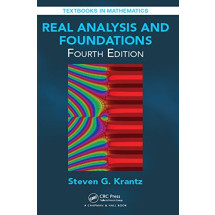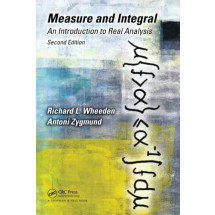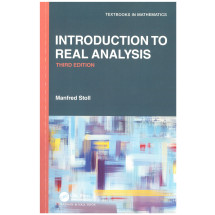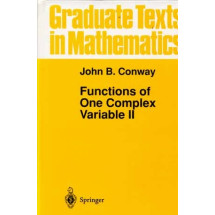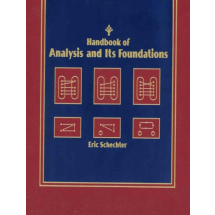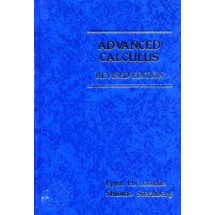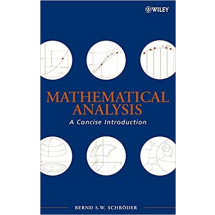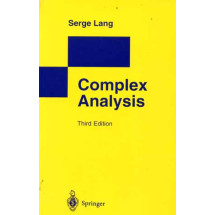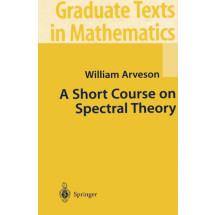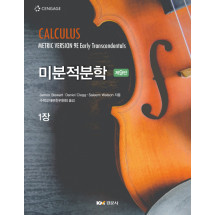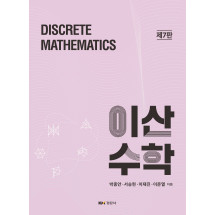PART I: LEBESGUE INTEGRATION FOR FUNCTIONS OF A SINGLE REAL VARIABLE
1. The Real Numbers: Sets, Sequences and Functions
1.1 The Field, Positivity and Completeness Axioms
1.2 The Natural and Rational Numbers
1.3 Countable and Uncountable Sets
1.4 Open Sets, Closed Sets and Borel Sets of Real Numbers
1.5 Sequences of Real Numbers
1.6 Continuous Real-Valued Functions of a Real Variable
2. Lebesgue Measure
2.1 Introduction
2.2 Lebesgue Outer Measure
2.3 The σ-algebra of Lebesgue Measurable Sets
2.4 Outer and Inner Approximation of Lebesgue Measurable Sets
2.5 Countable Additivity and Continuity of Lebesgue Measure
2.6 Nonmeasurable Sets
2.7 The Cantor Set and the Cantor-Lebesgue Function
3. Lebesgue Measurable Functions
3.1 Sums, Products and Compositions
3.2 Sequential Pointwise Limits and Simple Approximation
3.3 Littlewood's Three Principles, Egoroff's Theorem and Lusin's Theorem
4. Lebesgue Integration
4.1 The Riemann Integral
4.2 The Lebesgue Integral of a Bounded Measurable Function over a Set of Finite Measure
4.3 The Lebesgue Integral of a Measurable Nonnegative Function
4.4 The General Lebesgue Integral
4.5 Countable Additivity and Continuity of Integraion
4.6 Uniform Integrability: The Vitali Convergence Theorem
5. Lebesgue Integration: Further Topics
5.1 Uniform Integrability and Tightness: A General Vitali Convergence Theorem
5.2 Convergence in measure
5.3 Characterizations of Riemann and Lebesgue Integrability
6. Differentiation and Integration
6.1 Continuity of Monotone Functions
6.2 Differentiability of Monotone Functions: Lebesgue's Theorem
6.3 Functions of Bounded Variation: Jordan's Theorem
6.4 Absolutely Continuous Functions
6.5 Integrating Derivatives: Differentiating Indefinite Integrals
6.6 Convex Functions
7. The LΡ Spaces: Completeness and Approximation
7.1 Normed Linear Spaces
7.2 The Inequalities of Young, H?lder and Minkowski
7.3 LΡ is Complete: The Riesz-Fischer Theorem
7.4 Approximation and Separability
8. The LΡ Spaces: Duality and Weak Convergence
8.1 The Dual Space of LΡ
8.2 Weak Sequential Convergence in LΡ
8.3 Weak Sequential Compactness
8.4 The Minimization of Convex Functionals
PART II: ABSTRACT SPACES: METRIC, TOPOLOGICAL, AND HILBERT
9. Metric Spaces: General Properties
9.1 Examples of Metric Spaces
9.2 Open Sets, Closed Sets and Convergent Sequences
9.3 Continuous Mappings Between Metric Spaces
9.4 Complete Metric Spaces
9.5 Compact Metric Spaces
9.6 Separable Metric Spaces
10. Metric Spaces: Three Fundamental Theorems
10.1 The Arzel?-Ascoli Theorem
10.2 The Baire Category Theorem
10.3 The Banach Contraction Principle
11. Topological Spaces: General Properties
11.1 Open Sets, Closed Sets, Bases and Subbases
11.2 The Separation Properties
11.3 Countability and Separability
11.4 Continuous Mappings Between Topological Spaces
11.5 Compact Topological Spaces
11.6 Connected Topological Spaces
12. Topological Spaces: Three Fundamental Theorems
12.1 Urysohn's Lemma and the Tietze Extension Theorem
12.2 The Tychonoff Product Theorem
12.3 The Stone-Weierstrass Theorem
13. Continuous Linear Operators Between Banach Spaces
13.1 Normed Linear Spaces
13.2 Linear Operators
13.3 Compactness Lost: Infinite Dimensional Normed Linear Spaces
13.4 The Open Mapping and Closed Graph Theorems
13.5 The Uniform Boundedness Principle
14. Duality for Normed Linear Spaces
14.1 Linear Functionals, Bounded Linear Functionals and Weak Topologies
14.2 The Hahn-Banach Theorem
14.3 Reflexive Banach Spaces and Weak Sequential Convergence
14.4 Locally Convex Topological Vector Spaces
14.5 The Separation of Convex Sets and Mazur's Theorem
14.6 The Krein-Milman Theorem
15. Compactness Regained: The Weak Topology
15.1 Alaoglu's Extension of Helley's Theorem
15.2 Reflexivity and Weak Compactness: Kakutani's Theorem
15.3 Compactness and Weak Sequential Compactness: The Eberlein-?mulian Theorem
15.4 Metrizability of Weak Topologies
16. Continuous Linear Operators on Hilbert Spaces
16.1 The Inner Product and Orthogonality
16.2 The Dual Space and Weak Sequential Convergence
16.3 Bessel's Inequality and Orthonormal Bases
16.4 Adjoints and Symmetry for Linear Operators
16.5 Compact Operators
16.6 The Hilbert Schmidt Theorem
16.7 The Riesz-Schauder Theorem: Characterization of Fredholm Operators
PART III: MEASURE AND INTEGRATION: GENERAL THEORY
17. General Measure Spaces: Their Properties and Construction
17.1 Measures and Measurable Sets
17.2 Signed Measures: The Hahn and Jordan Decompositions
17.3 The Carath?odory Measure Induced by an Outer Measure
17.4 The Construction of Outer Measures
17.5 The Carath?odory-Hahn Theorem: The Extension of a Premeasure to a Measure
18. Integration Over General Measure Spaces
18.1 Measurable Functions
18.2 Integration of Nonnegative Measurable Functions
18.3 Integration of General Measurable Functions
18.4 The Radon-Nikodym Theorem
18.5 The Saks Metric Space: The Vitali-Hahn-Saks Theorem
19. General LΡ Spaces: Completeness, Duality and Weak Convergence
19.1 The Completeness of LΡ ( Χ, μ), 1 ≤ Ρ ≤ ∞
19.2 The Riesz Representation theorem for the Dual of LΡ ( Χ, μ), 1 ≤ Ρ ≤ ∞
19.3 The Kantorovitch Representation Theorem for the Dual of L∞ (Χ, μ)
19.4 Weak Sequential Convergence in LΡ (X, μ), 1 < Ρ < 1
19.5 Weak Sequential Compactness in L1 (X, μ): The Dunford-Pettis Theorem
20. The Construction of Particular Measures
20.1 Product Measures: The Theorems of Fubini and Tonelli
20.2 Lebesgue Measure on Euclidean Space Rn
20.3 Cumulative Distribution Functions and Borel Measures on R
20.4 Carath?odory Outer Measures and hausdorff Measures on a Metric Space
21. Measure and Topology
21.1 Locally Compact Topological Spaces
21.2 Separating Sets and Extending Functions
21.3 The Construction of Radon Measures
21.4 The Representation of Positive Linear Functionals on Cc (X): The Riesz-Markov Theorem
21.5 The Riesz Representation Theorem for the Dual of C(X)
21.6 Regularity Properties of Baire Measures
22. Invariant Measures
22.1 Topological Groups: The General Linear Group
22.2 Fixed Points of Representations: Kakutani's Theorem
22.3 Invariant Borel Measures on Compact Groups: von Neumann's Theorem
22.4 Measure Preserving Transformations and Ergodicity: the Bogoliubov-Krilov Theorem


